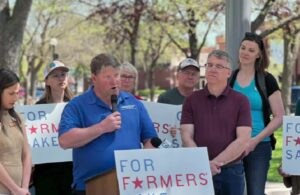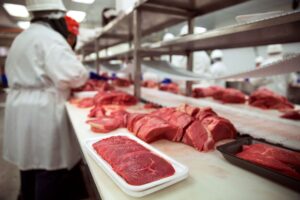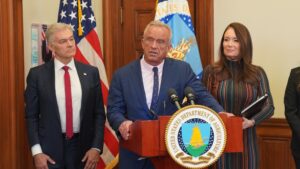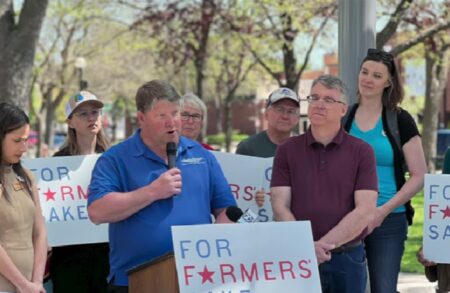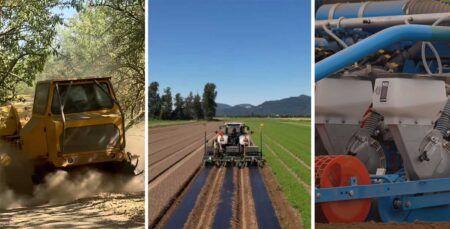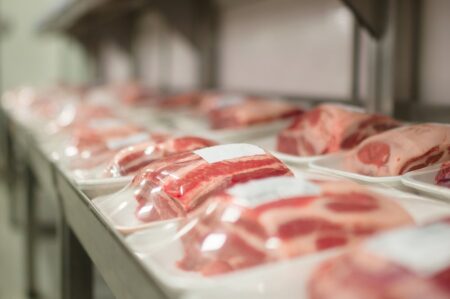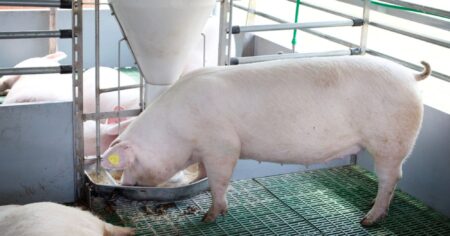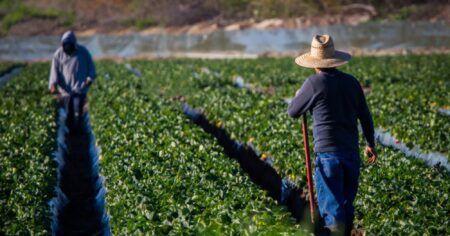In a dual set of announcements, the U.S. Department of Justice and the U.S. Department of Agriculture agencies unveiled a new Memorandum of Understanding on competition enforcement and a major round of food assistance purchases that will deliver relief to U.S. producers.
On September 26, the DOJ’s Antitrust Division and USDA signed an MOU that they say strengthens collaboration on antitrust enforcement in agricultural markets, from feed and fertilizer to fuel, seed, and farm equipment. The goal, an announcement reads, is to ensure farmers and ranchers have competitive access to essential goods while protecting consumers from inflated prices.
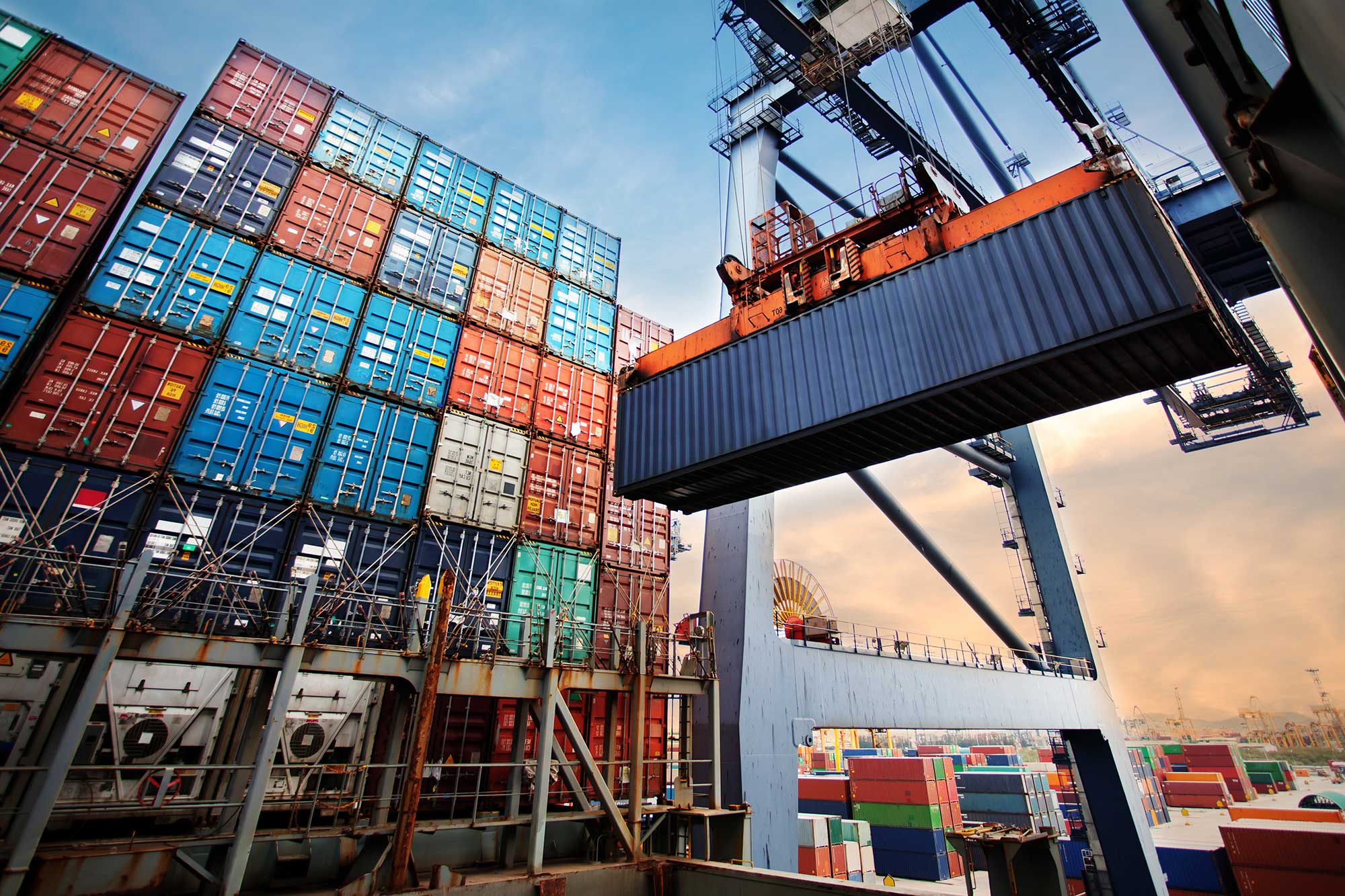
“Antitrust enforcement ensures free market competition for agricultural inputs, lowering costs for farmers and prices for consumers,” said Assistant Attorney General Abigail Slater of the DOJ Antitrust Division. “America’s farmers deserve nothing less than the best the Antitrust Division and USDA can do to promote competitive markets that free them to feed America.”
The agreement creates channels for regular consultation, protects sensitive information shared between agencies, and requires USDA to coordinate with DOJ before making public moves that could affect ongoing investigations. Agriculture Secretary Brooke Rollins tied the announcement directly to the economic pressures farmers face. “The cost of doing business for farmers and ranchers increased drastically, and commodity prices slumped. The Trump Administration is holding these companies accountable and will investigate why input prices have not come back down,” she said.
According to USDA’s Economic Research Service, since 2020 seed expenses have jumped 18 percent, fertilizer costs are up 37 percent, fuel and oil are up 32 percent, interest expenses have spiked 73 percent, and farm labor costs have climbed 47 percent due in part to H-2A wage rates. Rollins said USDA is working daily with the Department of Labor and the Department of Homeland Security to build out regulatory changes that can make the H-2A program more affordable and more accessible for American agriculture.
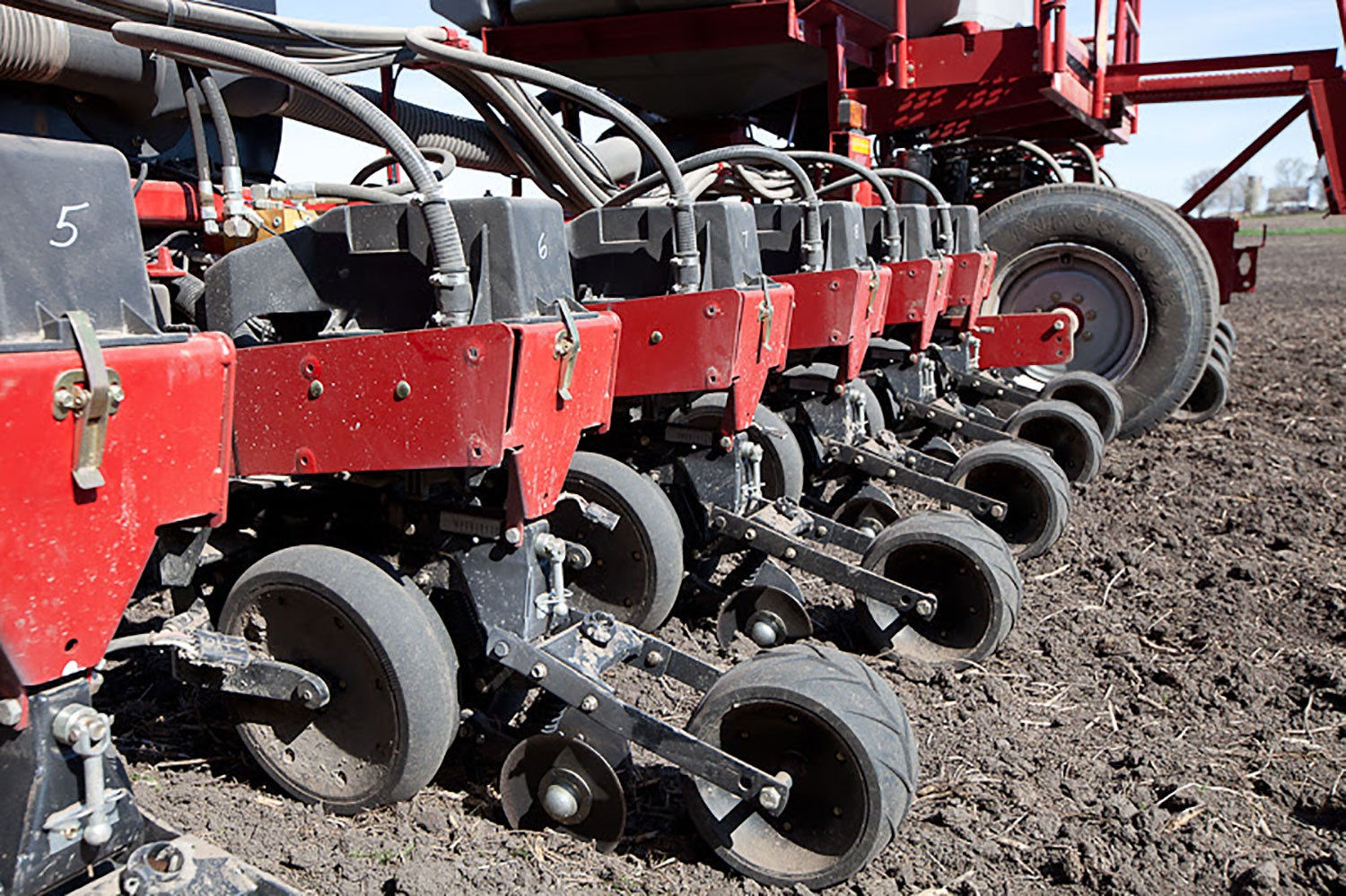

Alongside the antitrust push, USDA announced it will purchase $480 million worth of U.S. commodities for international food assistance programs, including McGovern-Dole International Food for Education and Child Nutrition and Food for Progress. Rollins emphasized that the purchases serve a dual purpose of delivering humanitarian aid while helping U.S. producers. “The success of our farmers is a national security priority, and at USDA we are looking at every option to ensure the future viability of American agriculture,” she said. “American farmers produce the most nutritious, safe, and high-value food in the world, and USDA is proud to stand with them at home and abroad.”
The $240 million committed to McGovern-Dole projects will support six initiatives that will use 56,170 metric tons of U.S. food, representing a 50 percent increase from 2024. Food for Progress partners will receive $240 million to sell 361,000 metric tons of U.S. commodities abroad, a 12 percent increase from last year, with proceeds reinvested in market development. USDA’s Foreign Agricultural Service will publish detailed funding allocations once contracts are finalized.


Rollins also spotlighted new trade promotion funding, noting that the America First Trade Promotion Program, born from the “One Big Beautiful Bill,” will deliver $285 million annually to expand overseas markets for U.S. agricultural products.
On the domestic side, USDA has distributed $8 billion in emergency aid payments to more than 560,000 farmers since March, and this week is releasing the final $2 billion under the Emergency Commodity Assistance Program. “Relief is already reaching farms, but more help is still needed,” Rollins said. “ECAP payments, combined with our international food assistance purchases, help producers navigate market volatility, pay down debt for the 2024 crop year, and move American-grown commodities to people in need in countries around the world.”


